You may have noticed that our Student Writing Competition (ACCEPTING ENTRIES NOW!) asks for only your first five pages.
Why?
It is VERY important for writers to put their best foot forward.
I learned this the hard way!
 Though my novel, More Precious Than Gold, recently finaled in the Grace Awards, I had a deja vu moment when I read the judges’ comments. “The lengthy beginning was very slow…” No readers have complained, but this is not the first time another professional writer has suggested that I cut the beginning chapters. They don’t get the connection to the rest of the book and feel the story would be stronger if I just started with Chapter 3. (This, by the way, is NOT an unusual problem. MANY writers sort of “warm up” to their story in the first draft and find, later, that the excitement starts later when it should come first.)
Though my novel, More Precious Than Gold, recently finaled in the Grace Awards, I had a deja vu moment when I read the judges’ comments. “The lengthy beginning was very slow…” No readers have complained, but this is not the first time another professional writer has suggested that I cut the beginning chapters. They don’t get the connection to the rest of the book and feel the story would be stronger if I just started with Chapter 3. (This, by the way, is NOT an unusual problem. MANY writers sort of “warm up” to their story in the first draft and find, later, that the excitement starts later when it should come first.)
What to do?
First off, do NOT put your best pout on. Tempting, but it rarely helps. 😉
Second, go back and analyze your plot structure. (If you didn’t realize stories HAVE a plot structure, that could be part of the problem.)
In my case, I DO agree that the first two chapters move more slowly than the rest of the book–much more slowly than I would like. But the inciting incident contained in my opening scene, to me, demonstrates what the book is about: a violent war destroyed the dreams of innocent people, and the only way to go on was to learn to forgive and trust God even in tragedy. For the victim of the crime and for my heroine, this was the “point of no return”–the incident that shoved them through the doorway to a new adventure with no other option…and it occurs about 10% into the story, approximately the point where it should.
Okay…so if the opening scene deserves to stay, and we agree that the beginning is slow, what else (besides lopping of the first three chapters) might solve the problem?
(This, by the way, is the third step to take after a critique. Brainstorm!)
- It may be that I failed to convey my theme strongly enough or didn’t communicate the connection between the inciting incident and the main story problem to be solved. I’m fairly certain this is the case in my case. Lesson: Next time around, I need to nail down my theme early (especially in my own mind) and make sure that every scene relates to it in some clear way.
- It might also be that, since the inciting event occurs in a prologue, I could then sort of “fast forward” to the next big action. Do I really need those two chapters? I added them because a publisher who showed early interest requested that the story be 100,000 words. This is important when your book is stacked side-by-side with others on a bookstore shelf. If the price is the same, it should look like the story is about as long as any other. But times have changed. An ebook can be any length it takes to tell the story well. When you sell your book on Amazon or some other online source, only the cover shows. The thickness of the spine doesn’t matter at all. Lesson: In future, I’ll just tell the story and let the word count fall where it may.
I hope this self-analysis has been helpful. Now let’s apply some of the lessons to YOUR work-in-progress.
EXERCISE:
- When you prepare a story for review, for a contest, or for publication, get out your rhino skin vest! It can sting to hear comments about your “baby,” but we learn so much by doing IF we’ll learn to be objective.
- Take a look at how your story begins. Do you drop readers into the middle of an action?
- At what point is the action resolved? (This is a trick question.) Make sure that each crisis or action propels your hero into another one. That’s what keeps the story from dragging.
- If you feel your story lags, make sure the scene relates to the central theme as well as to the actions before and after. Each and every scene should give us more information about what the story is “about.”
- If you find that a scene contains some merit but does not fully earn its right to stay in your story, play with ways you might reinterpret the good parts. You might summarize or “fast forward” the action, or you may be able to skip to the next active scene and refer BACK to the information through dialogue, reflection, or flashbacks.
- Be aware that there ARE occasions when less active segments give us a needed break from pulsing action. These usually follow an active scene, giving the characters a chance to reflect and formulate their next actions, BUT these should be as short as possible.
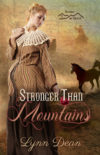
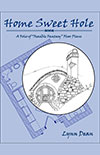

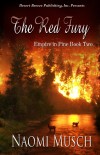
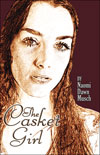
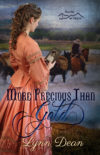
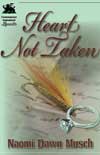

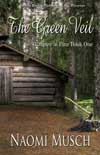

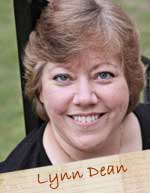


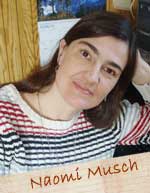


Speak Your Mind
You must be logged in to post a comment.